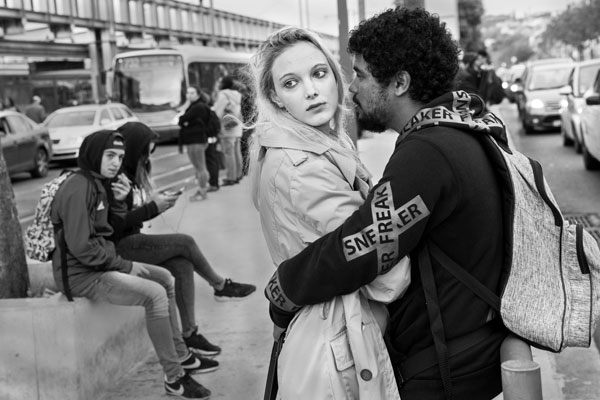Framing Streets Fundamentals Explained
Framing Streets Fundamentals Explained
Blog Article
Unknown Facts About Framing Streets
Table of ContentsA Biased View of Framing Streets4 Easy Facts About Framing Streets Shown7 Easy Facts About Framing Streets ShownThe Main Principles Of Framing Streets Some Known Incorrect Statements About Framing Streets Excitement About Framing Streets
Digital photography genre "Crufts Dog Program 1968" by Tony Ray-Jones Road digital photography (additionally sometimes called honest digital photography) is photography conducted for art or inquiry that includes unmediated possibility experiences and random incidents within public areas, typically with the aim of capturing photos at a definitive or touching moment by careful framework and timing. 
The Main Principles Of Framing Streets
Susan Sontag, 1977 Road digital photography can concentrate on people and their actions in public. In this regard, the road digital photographer resembles social docudrama photographers or photographers that likewise operate in public areas, yet with the purpose of recording newsworthy occasions. Any of these photographers' images might catch people and home noticeable within or from public areas, which usually requires browsing honest issues and laws of personal privacy, safety, and residential or commercial property.
Representations of day-to-day public life create a category in nearly every period of globe art, beginning in the pre-historic, Sumerian, Egyptian and early Buddhist art durations. Art handling the life of the street, whether within views of cityscapes, or as the leading concept, appears in the West in the canon of the North Renaissance, Baroque, Rococo, of Romanticism, Realism, Impressionism and Post-Impressionism.
Getting My Framing Streets To Work
Louis Daguerre: "Blvd du Temple" (1838 or 1839) In 1838 or 1839 the first photo of figures in the road was taped by Louis-Jacques-Mand Daguerre in among a set of daguerreotype sights extracted from his studio home window of the Boulevard du Temple in Paris. The 2nd, made at the elevation of the day, reveals an uninhabited stretch of street, while the other was taken at about 8:00 am, and as Beaumont Newhall reports, "The Boulevard, so constantly loaded with a moving bunch of pedestrians and carriages was perfectly solitary, except an individual who was having his boots combed.
, that was motivated to embark on a similar documentation of New York City. As the city developed, Atget aided to advertise Parisian streets as a worthy topic for photography.

Framing Streets Things To Know Before You Get This
Andre Kertesz.'s extensively appreciated Images la Sauvette (1952) (the English-language version was entitled The Definitive Minute) advertised the concept of taking a picture at what he described the "definitive minute"; "when kind and web content, vision and make-up combined into a transcendent whole" - photography presets.
Unknown Facts About Framing Streets
The recording equipment was 'a concealed video camera', a 35 mm Contax concealed under his coat, that was 'strapped to the breast and linked to a long cord strung down the ideal sleeve'. His job had little contemporary influence as due to Evans' sensitivities about the creativity of his project and the personal privacy of his subjects, it was not published until 1966, in the book Many Are Called, with an introduction composed by James Agee in 1940.
Helen Levitt, after that an instructor of young kids, related to Evans in 193839. She recorded the temporal chalk drawings - Lightroom presets that became part of children's road society in New york city at the time, in addition to the youngsters that made them. In July 1939, Mo, MA's brand-new digital photography section consisted of Levitt's operate in its inaugural eventRobert Frank's 1958 book,, was substantial; raw and commonly indistinct, Frank's pictures questioned conventional digital photography of the moment, "challenged all the formal policies set by Henri Cartier-Bresson and Walker Evans" and "contradicted the wholesome pictorialism and sincere photojournalism of American magazines like LIFE and Time".
Report this page